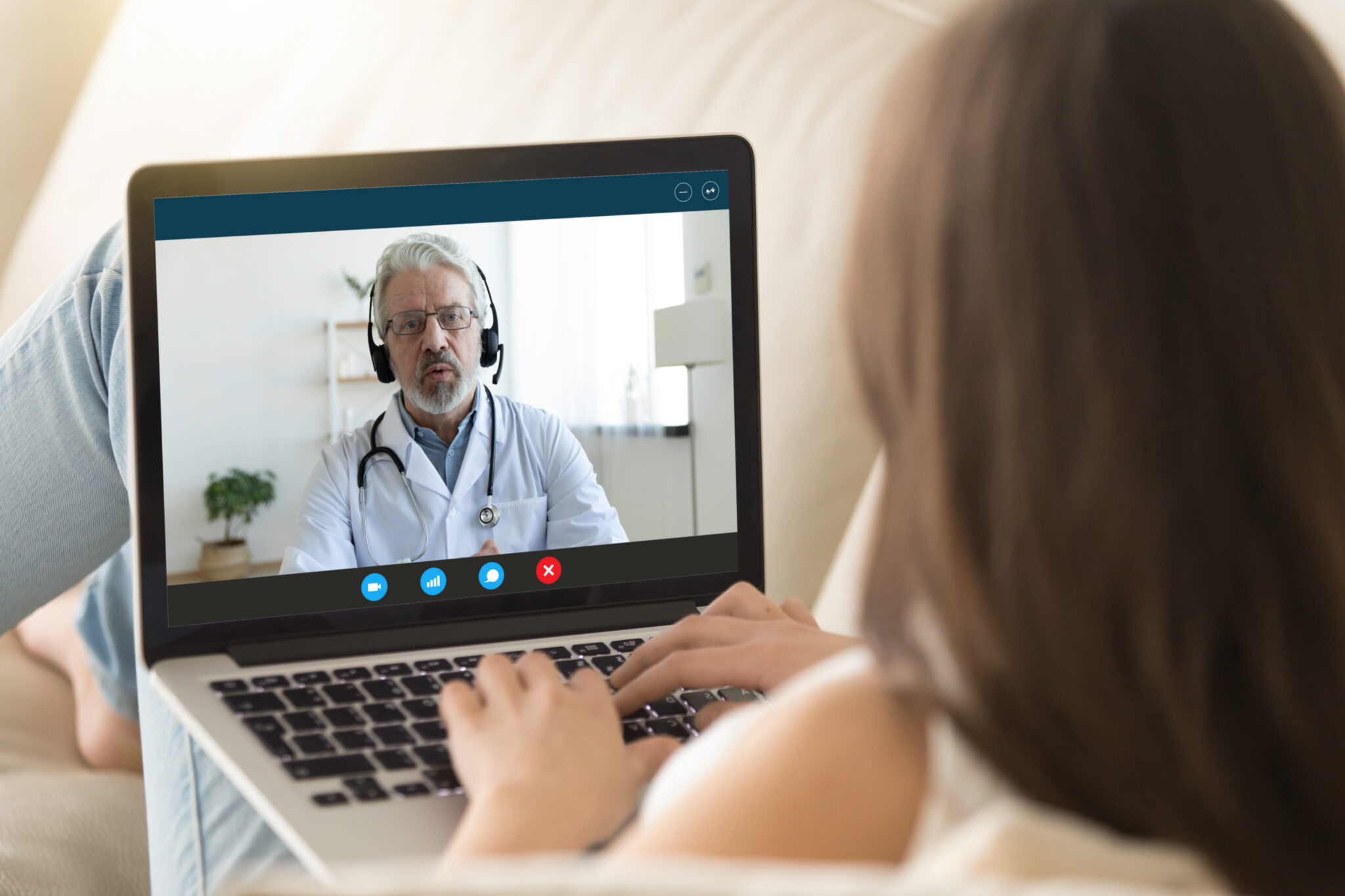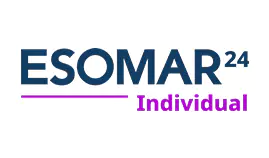
If you have to choose a topic for student research or write a paper on the health care subject, it is hard to find a better option than telemedicine. For responsible students who are ready to work with custom paper writing service, this is a great option, as the topic is not only relevant and promising but also exciting.
The COVID pandemic has changed the healthcare system worldwide, and telemedicine, which is responsible for accessibility and remote patient counseling, has shown its extreme effectiveness. This field is only growing as it has proven its viability and discovered many benefits it can bring to the healthcare system. However, along with the bonuses and active use of this method, there are many problems that governments, insurance companies, and doctors will have to solve right now.
Telemedicine Opportunities
The development of communication tools and their availability worldwide have opened many doors for telemedicine and presented many opportunities.
Availability of medical services
The first and most obvious plus of telemedicine development is the availability of medical services in remote rural areas. In particular, the greatest use of telemedicine is now experienced in India, where millions of people physically can not get prompt medical advice because they live in regions remote from urban agglomerations and waiting for even emergency medical care can last for days. With telemedicine, the opportunity to get a consultation becomes available to everyone. According to the World Health Organization, the development of telemedicine may become a way out for countries with low and middle-income populations.
Economic benefit
If you don't have to physically go to the doctor, you don't have to spend money on the road, and online consultations are many times cheaper. When budgets are tight, telemedicine can reduce the cost of hospitalization and inpatient care for non-critical cases. According to McKinsey & Company, a consulting firm, telemedicine can save up to $250 billion annually in the US by reducing unnecessary visits and hospitalizations.
Personalized care
Telemedicine can guarantee a more personalized approach and help adjust treatments in real-time by using mobile apps to track health and having patients self-monitor their condition outside of doctor visits for chronic conditions like diabetes and hypertension.
Convenience and simplicity
Making an appointment and consulting with a doctor online allows patients to spend less time on a hospital visit and reduces the risks of additional clinical infections. This is especially relevant for people with limited mobility and chronic severe conditions. According to a study published in the Journal of Telemedicine and Telecare, 85% of patients are satisfied with telemedicine services and find them convenient and accessible.
Challenges and Barriers to Telemedicine Adoption
Technological challenges
Despite the availability of mobile internet and devices in most countries, remote rural areas in continents such as India and Africa still face major challenges. Developing infrastructure and allocating capacity specifically for online medical services is a significant technical challenge for modern telemedicine.
Ethical and legal issues
A huge issue in this field is patient privacy. Protected communication channels and developing special programs to ensure medical confidentiality are costly and problematic. There is also a problem with licensing for online services. For example, in the US, telemedicine laws differ from state to state, and for doctors who work at the national level, this is an additional problem. Developing uniform standards for licensing and data protection is another challenge for the availability of telemedicine.
Distrust
The transition from the old paradigm to the new is challenging for both doctors and patients. Many people are not receptive to online consultations and are only willing to work with traditional face-to-face visits. At the same time, many patients and doctors have difficulties working with new technologies. According to the Global Top Health Industry Issues survey, about 40% of doctors reported challenges working with gadgets and programs for online consultations.
Financial issue
Insurance companies are still developing an approach to telemedicine, and in many countries, standard health insurance packages still do not include payment for online consultations.
Prospects for Telemedicine
Analyzing the pros and cons of telemedicine is a kind of overview of the new service we will all be able to receive. Knowing all the pitfalls and benefits we can get is crucial. For example, if you look at a masterpapers review in which professional reviewers analyze all the bonuses and peculiarities of working with a writing service, so we all need to clearly understand what bonuses and disadvantages telemedicine gives us in the long run.

Use of artificial intelligence
Already, AI is being trained to make diagnoses based on patients' medical histories, X-rays, and MRI scans. The programs' conclusions still need to be confirmed and verified by doctors, but in the future, non-complex cases may be solved solely by the programs, reducing the burden on doctors and making the period between diagnosis and treatment shorter.
Integration with other fields
With the development of technology, telemedicine can also be applied in surgery. For example, conducting remote surgeries with the Da Vinci robotic system has proven its efficiency and accuracy in prostate removal operations. The device can be in the operating room, and the surgeon can have a control panel on the other side of the world.
Popularization
Telemedicine is already actively developed in the US and Europe. Many specialists have taken courses and received a license to provide services remotely. For example, many government programs and non-governmental grants from international organizations sponsor doctors' training in India.
The Risks of Telemedicine
With all the variability of service delivery through medical history analysis and visual inspection via camera, remote consultations still provide less information to the doctor than a personal patient visit, allowing the physician to conduct an in-depth and detailed examination. Therefore, managing problems and appeals that can be solved by remote visits is another challenge that needs to be addressed.
Conclusion
Telemedicine is a method the healthcare sector uses to combine great potential and access to healthcare and its services to improve the overall quality of healthcare services. Yet, in order to achieve the desired outcome, we still need to confront numerous challenges and barriers.






